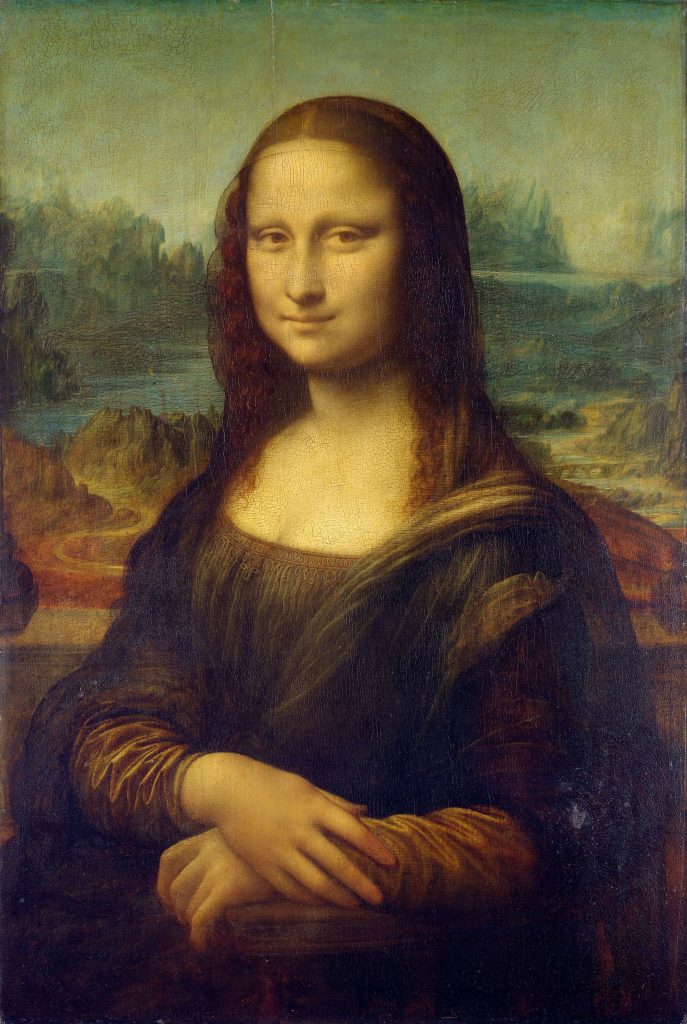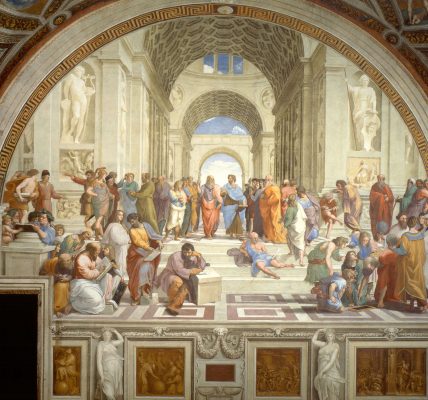Among the world’s most iconic and enigmatic works of art, Leonardo da Vinci’s Mona Lisa stands as a timeless masterpiece that continues to captivate audiences centuries after its creation. From the mysterious smile of its subject to the intricacies of its composition, the Mona Lisa remains a subject of fascination and interpretation for art enthusiasts and scholars alike. In this article, we’ll delve into the history, symbolism, and enduring allure of the Mona Lisa, seeking to unravel the mysteries behind one of the most celebrated portraits in art history.
The History of the Mona Lisa:
Painted by Leonardo da Vinci between 1503 and 1506, the Mona Lisa, also known as La Gioconda, is believed to depict Lisa Gherardini, the wife of Florentine merchant Francesco del Giocondo. Commissioned as a portrait to commemorate the couple’s new home and the impending birth of their child, the painting represents a departure from traditional portraiture, showcasing da Vinci’s innovative techniques and artistic vision.
Leonardo’s meticulous approach to the Mona Lisa is evident in its exquisite detail, subtle tonal transitions, and masterful use of sfumato, a technique that creates soft, blended edges and a sense of atmospheric perspective. The painting’s composition, with the figure of Lisa seated against a distant landscape, exemplifies Leonardo’s skillful manipulation of light and shadow to achieve depth and realism.
The Enigmatic Smile:
Central to the mystique of the Mona Lisa is the subject’s enigmatic smile, which has sparked countless interpretations and debates among art historians and scholars. Leonardo’s use of sfumato lends an ethereal quality to Lisa’s expression, blurring the line between joy and melancholy, contentment and ambiguity.
Some scholars speculate that the Mona Lisa’s smile is a reflection of Lisa Gherardini’s inner thoughts and emotions, while others interpret it as a symbolic representation of universal themes such as beauty, mortality, and the passage of time. Regardless of its true meaning, the Mona Lisa’s smile remains a source of intrigue and fascination, inviting viewers to contemplate the complexities of human emotion and experience.
Symbolism and Allegory:
In addition to its portrayal of Lisa Gherardini, the Mona Lisa is rich in symbolism and allegory, reflecting the intellectual and philosophical interests of Leonardo da Vinci. The painting’s intricate composition and symbolism have led scholars to interpret it as a reflection of Renaissance ideals such as beauty, virtue, and the pursuit of knowledge.
The inclusion of elements such as the winding river, distant mountains, and winding road in the background of the painting has prompted speculation about their symbolic significance. Some scholars suggest that these elements represent themes of journey, exploration, and the passage of time, while others interpret them as references to the landscapes of the mind and soul.
The Mona Lisa’s pose, with Lisa seated in a three-quarter view and her hands folded calmly in her lap, has also been interpreted as a symbol of grace, poise, and inner strength. The use of a parapet or balcony ledge in the foreground of the painting further enhances the sense of depth and perspective, inviting viewers to enter into the intimate space of Lisa’s world.
Enduring Legacy:
Since its creation, the Mona Lisa has become an enduring symbol of artistic excellence and cultural significance, inspiring countless artists, writers, and filmmakers across generations. The painting’s iconic status has led to numerous reproductions, parodies, and adaptations in popular culture, further cementing its place in the collective imagination.
The Mona Lisa’s enduring appeal lies not only in its technical mastery and aesthetic beauty but also in its ability to provoke thought, evoke emotion, and transcend the boundaries of time and space. As viewers continue to gaze upon the enigmatic smile of Lisa Gherardini, they are reminded of the timeless power of art to illuminate the mysteries of the human experience and inspire wonder and awe.
In the pantheon of great works of art, the Mona Lisa stands as a shining beacon of creativity, innovation, and imagination. From its exquisite craftsmanship to its profound symbolism, Leonardo da Vinci’s masterpiece continues to captivate audiences and spark dialogue about the nature of beauty, identity, and the human condition. As we continue to unravel the mysteries of the Mona Lisa, we are reminded of the enduring power of art to transcend language, culture, and time, and connect us to the eternal truths that lie within us all.


